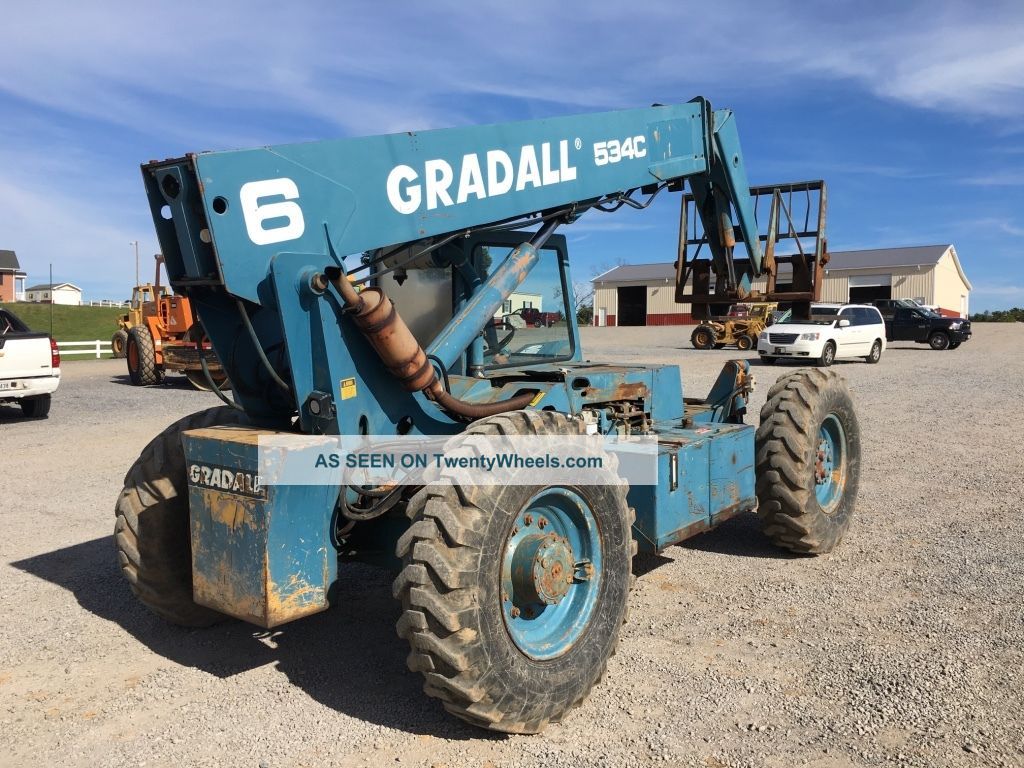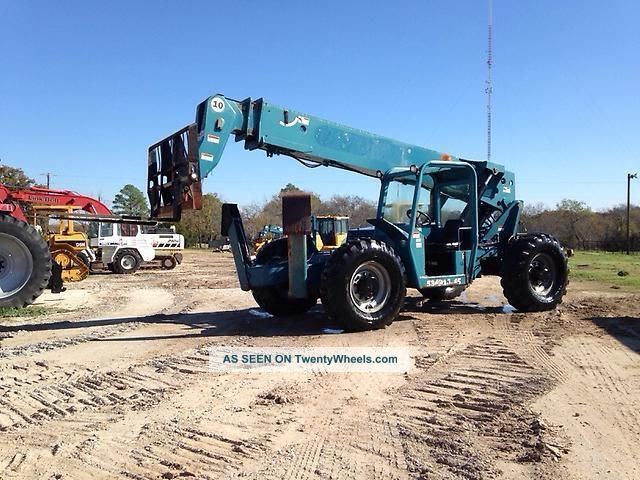

Gradall introduced in the year 1992, with the introduction of the new XL Series hydraulics, the most innovative adjustment in their machinery since their invention. A cylinder was placed at the rear of the boom, powering a long push rod to allow the machine to be outfitted with either a blade or a bucket attachment. Additionally, they added a tilt cylinder which let the boom rotate 45 degrees in either direction. Soon enhancing the initial design, the brothers built a triangular boom to add more strength. A telescopic cylinder moved the beams forward and backward which enabled the fixed blade at the end of the beams to pull or push dirt. Their initial design model was a device with two beams set on a rotating platform that was attached over a second-hand truck. The Ferwerda brothers chose to build a machine that would save their company by making the slope grading task easier, more efficient and less manual. Partners in a Cleveland, Ohio construction company known as Ferwerda-Werba-Ferwerda, the brothers faced a huge dilemma when numerous men left the workforce and signed up in the military, depleting available laborers for the delicate grading and finishing work on highway projects. The excavator was established In the 1940's during WWII, when there was a scarcity of workers. The telescoping boom gives the excavator the ability to better position attachments and to work in low overhead areas.The Gradall excavator was the idea of two brothers Koop and ray Ferwerda. The introduction of the new telescoping boom helped to further enhance the excavator's marketability. Once the new XL Series hydraulics reached the market, Gradall was thrust into the extremely competitive industrial equipment market that are meant to tackle pavement removal, excavating, demolition and various industrial work. This makes the operator's whole work easier and also conserves fuel simultaneously. Traditional excavators use an operator to select a working-mode where the Gradall system can automatically adjust the hydraulic power meant for the work at hand. The XL Series hydraulics system was likewise developed with a load-sensing capability. These versions were manufactured with a piston pump, high-pressure hydraulics system which showed huge improvements in boom and bucket breakout forces.

The new XL Series Gradall excavators proved a remarkable increase in their digging and lifting ability. These conventional systems efficiently handled finishing work and grading but had a hard time competing for high productivity jobs. The XL Series ended the initial Gradall equipment power drawn from low pressure hydraulics and gear pumps.

This new system of top-of-the-line hydraulics enabled the Gradall excavator to provide comparable power and high productivity to the more conventional excavators. A cylinder was placed at the rear of the boom, powering a long push rod to enable the machinery to be outfitted with either a bucket or a blade attachment. Also, they added a tilt cylinder which let the boom rotate 45 degrees in either direction. Shortly enhancing the very first design, the brothers built a triangular boom to add more strength. This enabled the fixed blade at the far end of the beams to pull or push the dirt. There was a telescopic cylinder that was utilized to move the beams backward and forward. The first excavator prototype consisted of a device with two industrial beams on a rotating platform fixed to a second-hand truck.
#Gradall forklift manual
The Ferwerda brothers opted to make a machine which would save their company by making the slope grading work more efficient, less manual and easier. Partners in a Cleveland, Ohio construction business called Ferwerda-Werba-Ferwerda, the brothers faced a huge dilemma when numerous men left the workforce and signed up in the military, depleting available laborers for the delicate finishing work and grading on highway projects.

The excavator was created In the 1940's through WWII, when there was a shortage of labourers. Gradall Forklift Parts - The Gradall excavator was the brainchild of two brothers Ray and Koop Ferwerda.


 0 kommentar(er)
0 kommentar(er)
